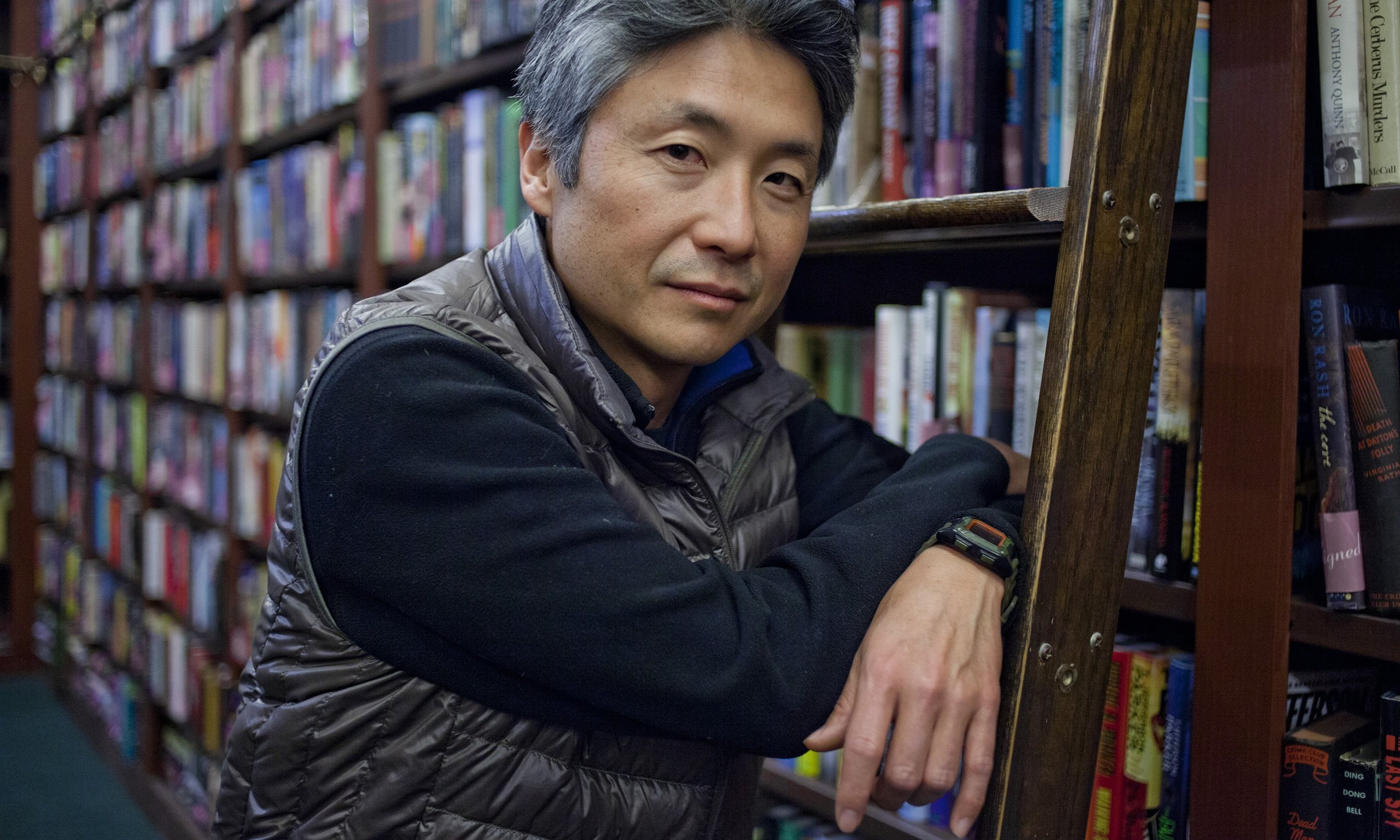By Bridget Johnston || News Editor
This past Wednesday, F&M’s English Department welcomed this year’s Hausman Lecturer, author Chang-rae Lee. He lead an hour-long craft talk at the Writers House, followed by a lecture and book reading in the Roschel Auditorium, which was well attended by both students and faculty.
Lee is a Korean-American writer and has published his most recent novel, On Such a Full Sea, in 2014, in which he tells the story of a young woman traveling on a quest of sorts through dystopian America. Over the course of her journey, Lee explores ideas of love, culture, and identity through the creative use of plural “we” narration. The novel was a finalist for the 2014 National Book Critics Circle Award, and he has also received the Hemingway Foundation/PEN Award for his debut novel, Native Speaker.
During the craft talk, students and faculty were encouraged to engage in conversation with Lee regarding different aspects his writing process and his work. Lee put forth a range of advice for his excited audience, and he encouraged rising writers to allow themselves to be surprised by their own writing. He explained that he approaches his writing like cave diving; saying that when he writes he can only see two feet ahead, and all he can do is follow a path and hope it leads somewhere. Sometimes the path leads to a dead end, but he says won’t know until you go and look. Lee explains, “This can be a scary way to write, but also a really fun way.”
As he wrote On Such a Full Sea, he explains that he had honestly no idea where his main character, Fan, was going or who she would find along the way. He says, “The literal discovery was good for me. It kept me in suspense as I wrote.”
In fact, Lee made very clear during his lecture that his most recent novel was never actually meant to be dystopian at all. At the start, he wanted to create a piece that would document the struggles of factory workers living in small communities in China.
During his research in fact, he posed as an American Investor in order to tour a small factory town where the workers built small electrical motors. He was captivated by the young people who lived in these towns and the overall “texture of life there.”
However, after drafting over one hundred pages of his original novel, he found that his narrative was lacking something. He explained that to him, a novel isn’t just “something to see or read, you need to feel it,” and although his draft contained “solid journalism,” it still lacked the spark to make it a novel.
As he worked through possible answers, he came across an old boarded up community in New York City and couldn’t help but wonder why no one was allowed to live there.
He was desperate to understand, and began to wonder why someone did not just take the people from one of the environmentally decrepit villages in China that he had seen, and just allow them to move into this neighborhood.
Granted, he admits this could never work in reality, but the idea became the catalyst that transformed his original novel documenting Chinese factory workers into On Such a Full Sea.
From there, his novel became focused on how a whole community can exists together while still feeling separate from the nation around them. Copies of his book are available both online and in most bookstores.
Junior Bridget Johnston is the News Editor. Her email is bjohnsto@fandm.edu.
